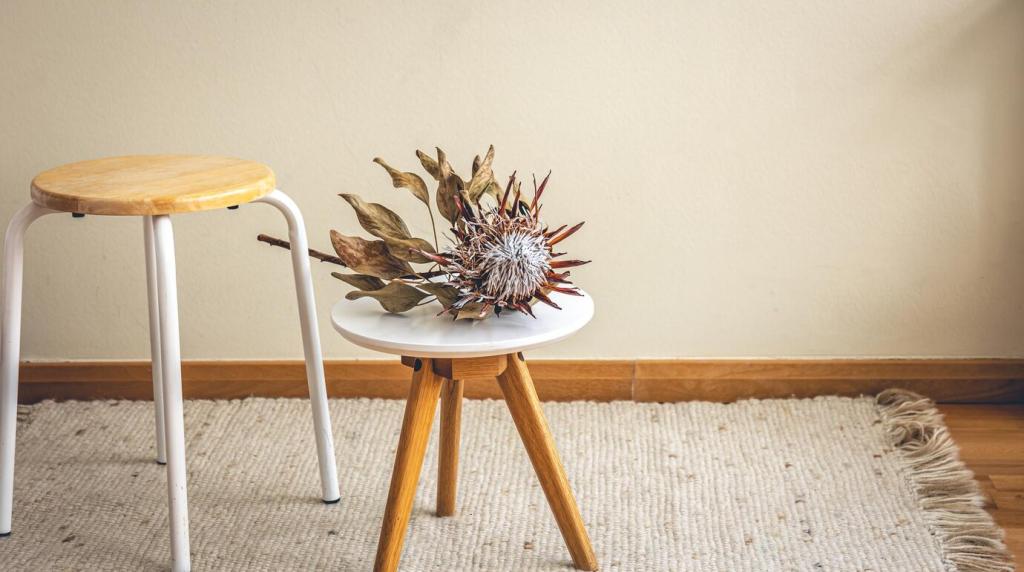A One-Week Eco-Smart Home Challenge
List always-on devices in your furniture, from chargers to amplifiers. Note finishes that smell strong or feel off-gas heavy. Prioritize quick wins: timers, sensor-based lights, cord management. Share your top three targets and we’ll suggest easy automations and safer material swaps tailored to your list.
A One-Week Eco-Smart Home Challenge
Install smart outlets for non-essential electronics, switch to warm, efficient LEDs, and add low-VOC touch-up finishes where needed. Track wattage before and after. Capture photos of disassembly-friendly fixes. Post your numbers; the community leaderboard will highlight the most impactful, realistic changes anyone can copy.







